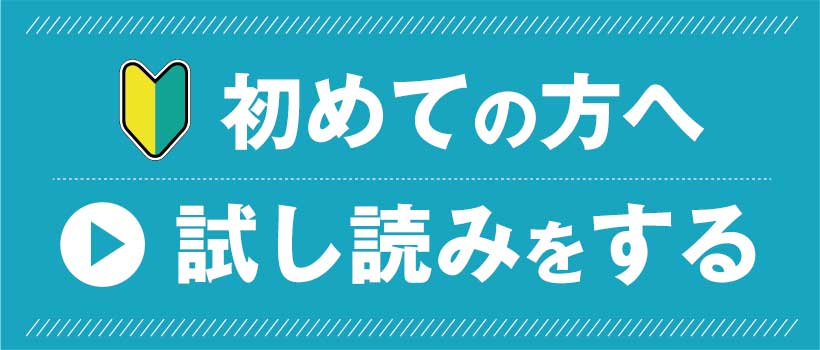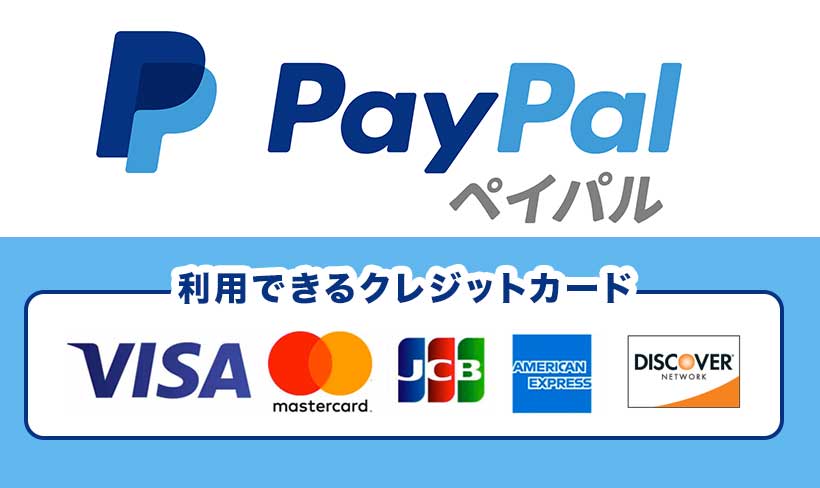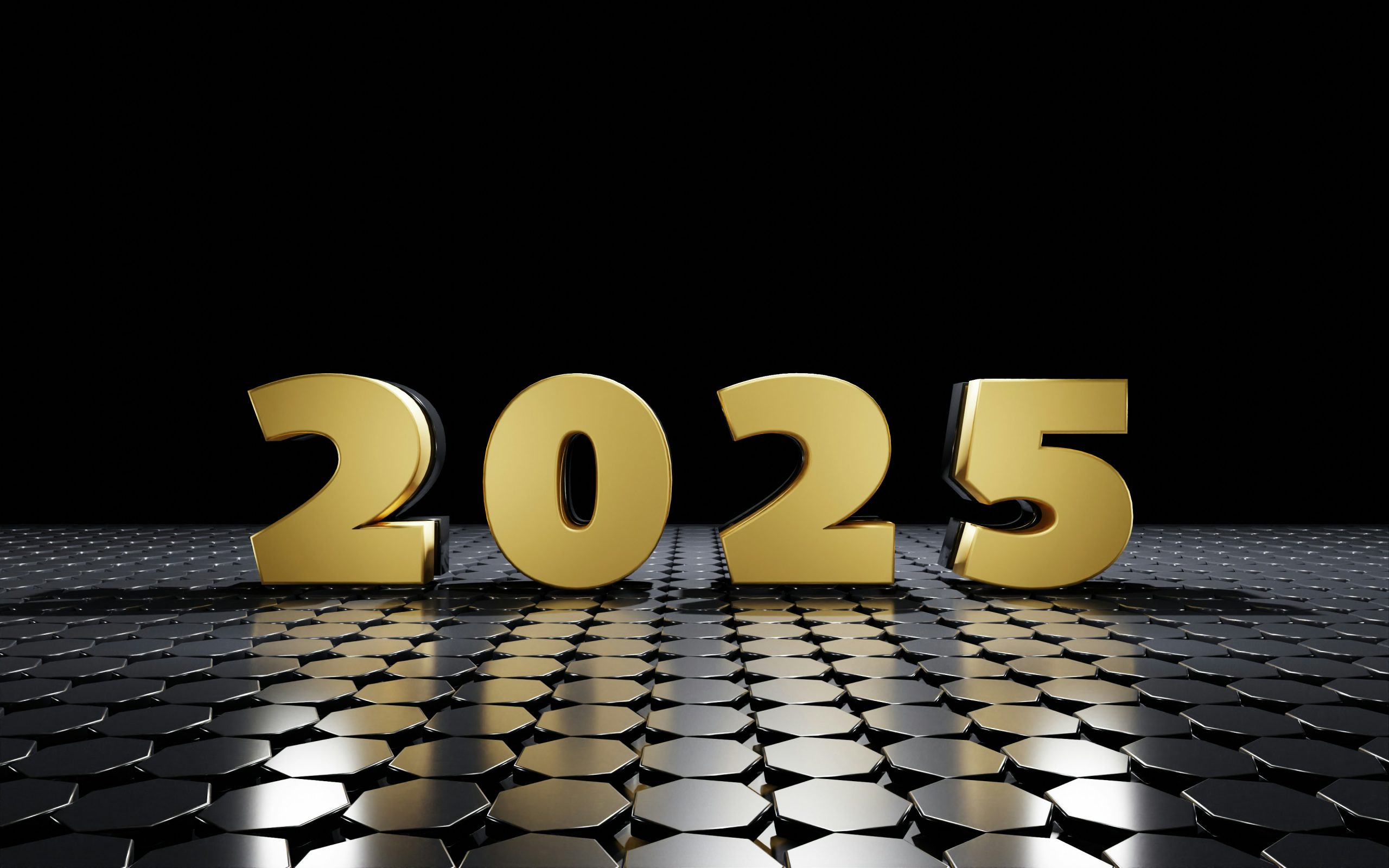The U.S.-Japan tariff negotiations concluded on the morning of July 23rd (July 22nd, U.S. time).
It was agreed that Japan’s reciprocal tariffs would be reduced to a “baseline” of 15% instead of the 25% originally scheduled to begin on August 1st.
Additionally, the 25% sector-specific tariff on automobiles was halved to 12.5%, resulting in a combined tariff of 15% when added to the existing 2.5% rate.
In return, Japan promised $550 billion in investment in the U.S. and an expansion of imports from the United States. This includes a 75% increase in rice imports under the minimum access framework, an $8 billion purchase of agricultural products, increased energy imports, the acquisition of 100 Boeing aircraft, and relaxation of automobile safety standards.
While the agreement has faced criticism for lacking a joint written document and because the U.S. announced it can freely determine investment usage and retain 90% of the profits, I believe it deserves a positive evaluation.






